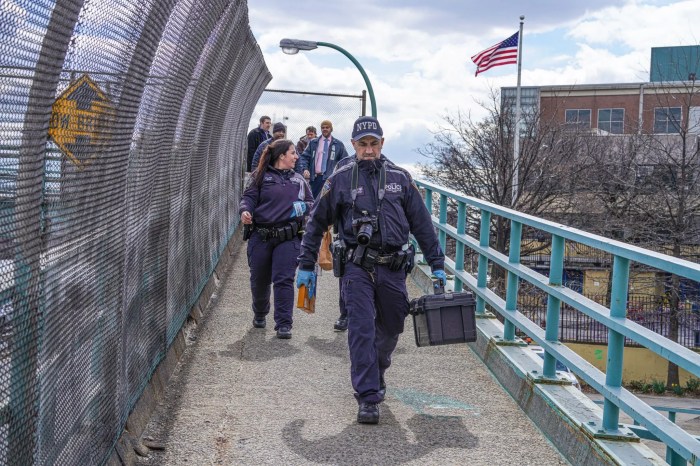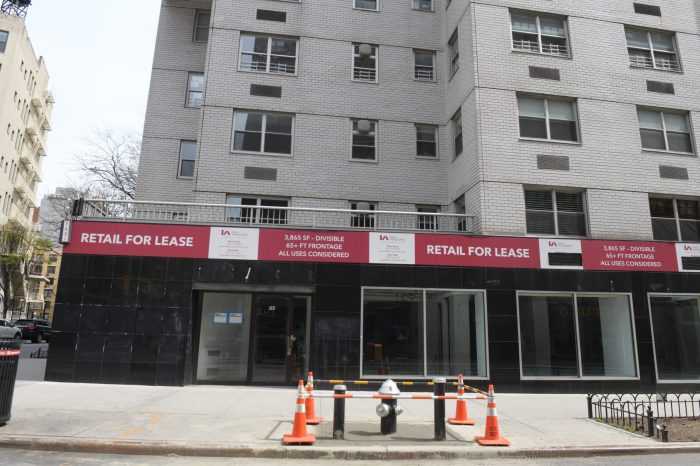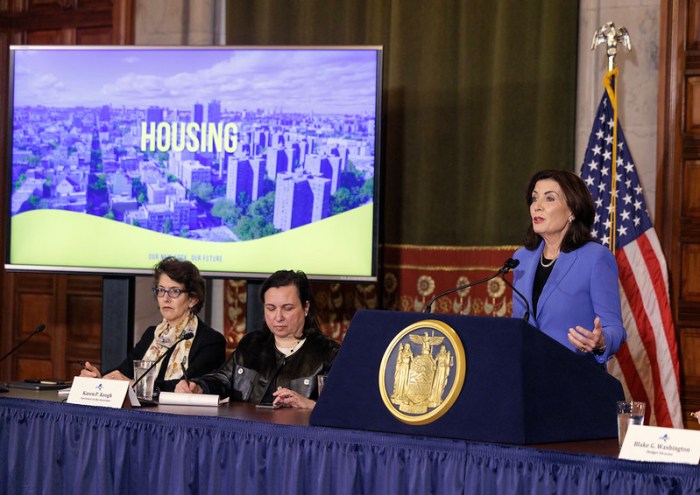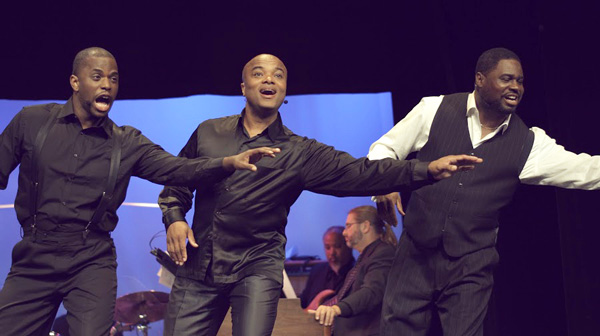
BY AMY RUSSO | Bill Reilly, the executive director of the Sheen Center for Thought and Culture, wants to bring “more light than heat” to modern issues.
During a recent interview at the new center, at 18 Bleecker St., Reilly said that the arts center is about “bringing people together to explore the good, the true and the beautiful.”
Rising tensions and anger are all too familiar in today’s world as we are met with pressing social, political and religious issues that provoke thought and response. The Sheen Center looks to openly approach subjects with critical thought expressed in a civil tone that encourages dialogue.
Once a school, then a homeless center, and since last year the Sheen Center, this Noho space has been transformed and given new life many times over. Some critics questioned what they saw as a shift in the Catholic Church’s mission after the homeless center was developed into an arts space, but this change in the building’s use is reflective of the neighborhood’s change.
Reilly explained that many of the homeless have moved out of the Bowery area and into other neighborhoods, making possible the transformation of the homeless center for other purposes. The Loreto Theater, the center’s main performance space, with 274 seats, was restored from a run-down auditorium into the center’s standout feature.
“This is an absolute jewel of a space and a great addition to this area of the city,” Reilly said.
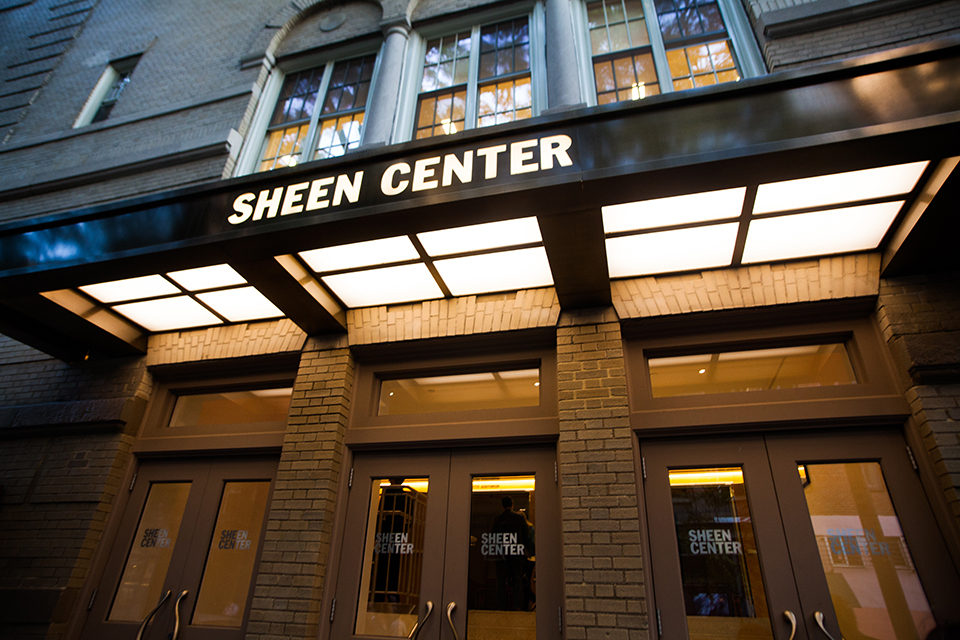
Clean and simple yet beautiful, the center also includes a black-box theater, which seats 80, as well as a gallery and four rehearsal spaces. In its theaters, Off-Broadway and Off-Off-Broadway productions may be shown. Reilly emphasized that the center looks to highlight up-and-coming performers, “whether you’re a standby on Broadway or you’re just one step away from becoming a star.” Just as the center’s gallery has showcased local talent, its theaters are particularly interested in those who are looking to break out into a larger career.
The Sheen Center works not only with modern critical issues, but also with various other themes. Over the summer, it will show different classic blockbuster films, including the original “Superman.” Staying true to its definition as a hub for thought and culture, the center will hold discussions after the movies with experts in film analysis.
One of the Loreto Theater’s most recent shows includes Bro’Vado, a trio of singers who performed a list of civil rights-era songs on themes of hardship, injustice and change that echo in modern times. The group performed a range of soulful and heart-wrenching numbers, before ending in a more lighthearted singalong with the audience. The event was well attended and concluded with a lengthy standing ovation.
Named after Archbishop Fulton J. Sheen, the center has a truly dynamic approach to the arts. This involves cultivating a diverse audience of any and all faiths, including those who do not follow one. The purpose is to foster a unifying environment that connects all people in their understanding and appreciation of artistic subjects. While the center takes great pride in its Catholic background, it welcomes followers of any belief, just as Sheen did during his career in television, when he attracted audiences of mixed faiths.
At 18 Bleecker St., speaking from across a conference table, Reilly summed up the Sheen Center’s purpose in one poignant phrase: “The goal is to reach out to as many people as we can, and not only do great performances in the arts, but in terms of understanding some of the most important issues of the day, and to have people of different faiths talk about them, disagree about them, debate them, but at the same time, use it as an opportunity.”










